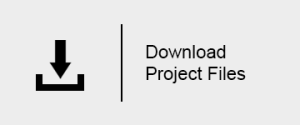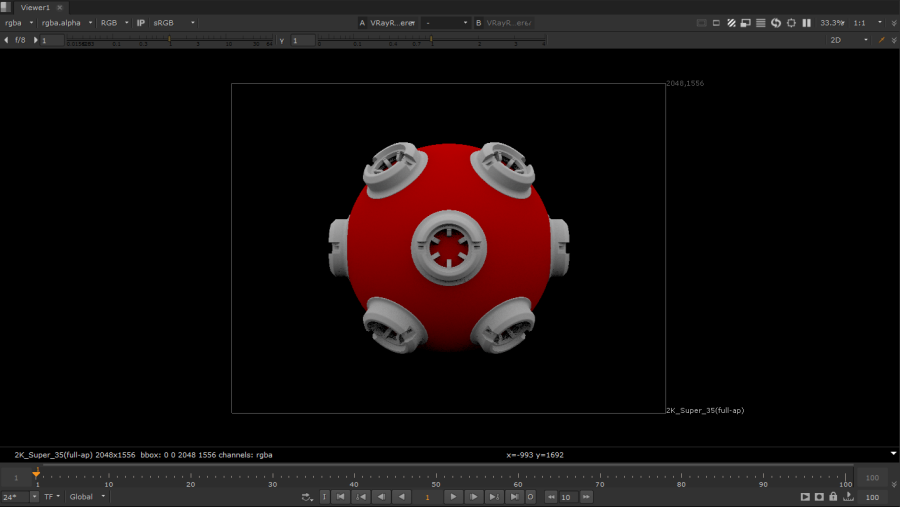Page History
This page provides a detailed QuickStart guide to using V-Ray geometry formats in Nuke.
Page Contents
Table of Contents style circle
Overview
...
This tutorial will show you ways to load in new geometry file formats and how they compare to the original file formats that are provided within Nuke. We'll also take a look at the vrmesh and V-Ray proxy node.
To follow this tutorial, you will need to have the V-Ray for Nuke plugin installed. This tutorial is a companion to go along with the QuickStart video posted on our YouTube channel.
| Align | ||
|---|---|---|
| ||
|
Tutorial Assets
...
To download the files used in this tutorial, please click on the button below.
...
| Note |
|---|
Due to licensing issues, the Road_A.hdr file used in the tutorial video is not included in the downloadable assets. Instead, please use one of the provided HDR images in its place. |
...
Although the Alembic files read the actual named geometry, the vrmesh format lists the materials that were assigned to the mesh. Select the sphere by selecting sphere_VRayMtl1.
You should now see the sphere part of the mesh with the red V-Ray material applied.
Vrmesh V-Ray render
...


